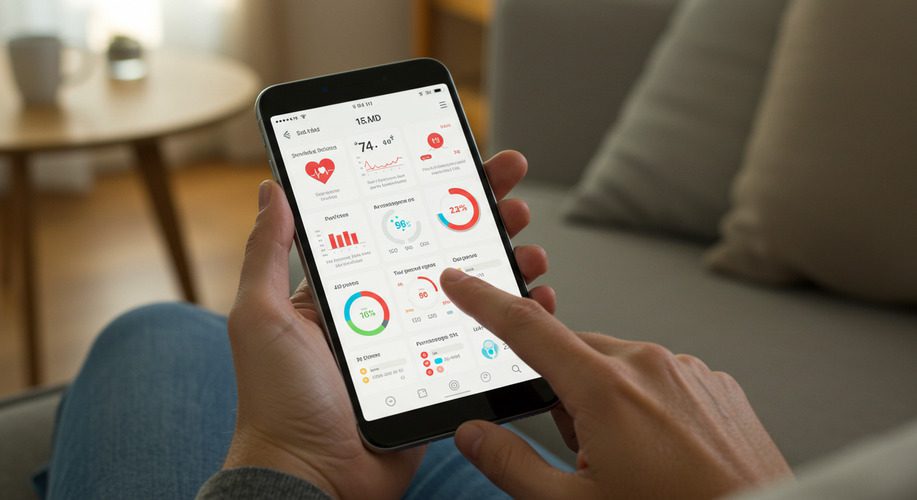
Article
Implementing Real-Time Data Analytics in SaMD Solutions
Medical device manufacturers will be able to engineer most of their consumer-facing products for the US market to use the Bluetooth 5.x standard by 2023, without having to invest resources to also support older, Bluetooth 4.x-reliant smartphones. According to a new analysis recently published in Medical Device and Diagnostic Industry (MD+DI) Online by our team at Orthogonal in partnership with ScientiaMobile, the time is now to start planning for how to take advantage of the longer range, faster data exchange and lower power consumption offered by Bluetooth 5.x.

“Our analysis clearly shows that the tipping point is just around the corner for using Bluetooth 5.x in consumer-facing medical devices that talk to consumer smartphone apps,” Orthogonal CEO Bernard Kappe and ScientiaMobile Vice President Ken Jones said in a joint statement. “We strongly believe that this will have significant benefits for medical device manufacturers and the providers and patients we all serve. Furthermore, now is the time for forward-thinking device firms to plan for Bluetooth 5.x in their product roadmaps in the coming years, especially if they want to be ready with the device releases they are planning, starting in just 16 months.”
This new analysis is an offspring of the marriage of ScientiaMobile’s quarterly MOVR report, which looked at mobile devices’ usage trends from a sample of their internal data sources, and Orthogonal’s quarterly Smartphone Market Analysis for Software as a Medical Device Developers report, which focused on the growing fragmentation of Apple and Android smartphones, adoption trends of Bluetooth 5.x and the importance of developing for Bluetooth 5.x (or later) in connected medical devices.
Introduced in July 2016, Bluetooth 5.x brought major upgrades to its predecessor Bluetooth Low Energy (BLE), including improvements in both speed and range. The new technology supports four data speeds (1mbps, 2mbps, 125kbps and 500kbps) to accommodate a variety of transmission ranges, and it can transmit data as far as 800 meters outdoors; four times the data range of Bluetooth BLE.
Further commenting on this report, ScientiaMobile’s Jones notes, “The smartphone market is extremely fragmented and quickly evolving, particularly on the Android OS side. We are excited by the value that the MedTech industry finds in our smartphone usage data. Accurate and fine-grained analysis of Bluetooth and other device trends will help MedTech developers manage investments in new connected medical technologies.”
Orthogonal’s Kappe emphasizes, “Bluetooth technology is becoming one of the most critical components in connected medical devices and is poised to set a new standard to help medical devices improve medical diagnosis and treatment. I believe that market adoption of Bluetooth 5.x will enable powerful improvements in many medical devices that serve important clinical functions.”
Related Posts

Article
Implementing Real-Time Data Analytics in SaMD Solutions

Article
Navigating FDA’s Proposed AI/ML Framework for SaMD

Article
Improving Patient Engagement with SaMD Solutions

Article
Ensuring Cybersecurity in SaMD-Telemedicine Integration